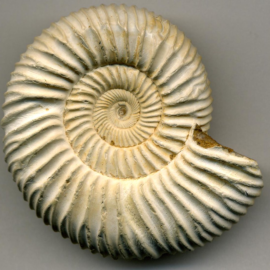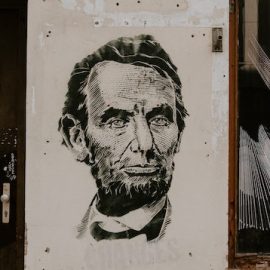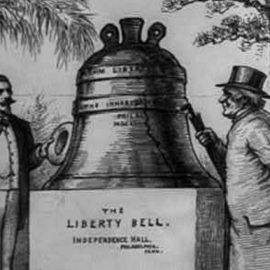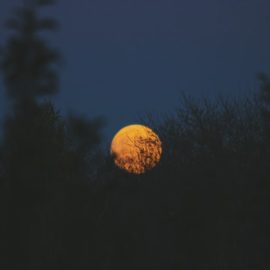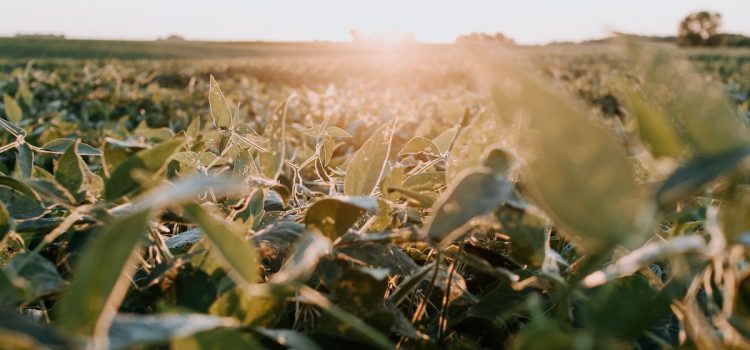
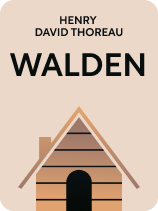
This article is an excerpt from the Shortform book guide to "Walden" by Henry David Thoreau. Shortform has the world's best summaries and analyses of books you should be reading.
Like this article? Sign up for a free trial here.
Why did Henry David Thoreau plant beans at Walden? How did his bean field occupy so much of his time?
In the 1840s, Henry David Thoreau built a cabin at Walden Pond, on the outskirts of Concord, Massachusetts, and lived there for two years. While we usually think of Thoreau spending time in the woods, he spent a considerable amount of time in his field.
Keep reading to learn about the Walden bean field and what it provided Thoreau.
The Walden Bean Field
The Walden bean field wasn’t about food for Thoreau to eat; it was a money-making venture. Thoreau realized that he needed to make a modest amount of money to pay for his living expenses, such as food and farming supplies, which he calculated at about $10 to $12 annually. (Shortform note: $10 in 1845 is equivalent to about $404 in 2023.) He calculated that his diet of bread (homemade with rye and cornmeal), potatoes, rice, salt pork, and molasses cost 27 cents per week. He made a point of not purchasing tea, coffee, butter, milk, or fresh meat. He even stopped buying yeast after he realized that he could bake bread without it.
(Shortform note: Readers have noted that Thoreau’s diet, though frugal, was hardly nutritionally balanced. Physician Benjamin Sandler, a specialist in preventative nutrition, theorizes that the high-carb, low-protein diet Thoreau ate at Walden may have left him particularly vulnerable to tuberculosis. Tuberculosis is the lung infection that Thoreau dealt with throughout his adult life and that ultimately killed him at age 44. He caught a bad cold while counting tree rings in December of 1860, never quite recovered, and died of tuberculosis in May 1862.)
To cover his expenses, Thoreau planted a 2.5-acre field primarily with beans. He also grew potatoes, corn, peas, and turnips. He explains that, though he didn’t particularly want beans to eat, he cultivated them to sell or to trade for rice. Tending the field took considerable time his first summer at Walden. Because his rows of beans totaled seven miles in length, he worked from five in the morning until noon each day in the field. Thoreau writes that he threw himself into the process of planting, hoeing, harvesting, threshing, picking, and selling beans.
Thoreau even found value in the work that went into preparing the field for planting. That process revealed that he wasn’t the first person to live on the land. He found arrowheads, stones burned by fires, and bits of pottery and glass that provided concrete evidence of the land’s past occupants. (Shortform note: A searchable map published by an indigenous-led nonprofit called Native Land Digital shows that Walden Pond is located in Nipmuc, Massa-adchu-es-et (Massachusett), Pawtucket, and Agawam territory.)
| Thoreau and His Bean Field While planting 2.5 acres of beans sounds a bit excessive, Thoreau made a good choice of crops. Beans were the rare food that would grow in the infertile soil in Walden Woods. (The poor soil is one reason the residents of Black Walden struggled to survive. Some even died of malnutrition.) Experts say that efforts to cultivate land in the woods long predated Thoreau’s Walden or Black Walden before it. As Thoreau saw when he discovered artifacts left behind by indigenous people, what we think of as “virgin” soil or “pristine” wilderness is rarely untouched. It’s usually been under the care of indigenous peoples for thousands of years. Michael Pollan (In Defense of Food) notes that Thoreau—along with naturalists and environmentalists who have followed in his footsteps—assumed that human culture is the problem in our relationship with the environment. Naturalists often urge people to live with nature as equals. But, in reality, indigenous peoples, including those of North America, have long traditions of land stewardship that make nature more resilient and more diverse. As Robin Wall Kimmerer explains in Braiding Sweetgrass, the ecologically informed practices through which indigenous people care for the land have been shown to help natural environments thrive. Experts also say that ideas about what constitutes a “pure” or “authentic” way of living in the natural world aren’t as innocuous as they seem. Thoreau’s desire to “live deliberately” exemplifies what scholar Philip Deloria has called “playing Indian”—when white Americans use ideas that idealize and villainize indigenous Americans to create their own national identity. Critics say that Thoreau participated in this tradition not only by laying claim to land that was stolen from its original inhabitants but also by adopting misinformed ideas about what it meant for indigenous people to live an “authentic” life on that land. |

———End of Preview———
Like what you just read? Read the rest of the world's best book summary and analysis of Henry David Thoreau's "Walden" at Shortform.
Here's what you'll find in our full Walden summary:
- The philosophy behind Henry David Thoreau's classic novel
- How you can build a meaningful life by living in harmony with nature
- A look at how Thoreau spent his time at Walden Pond, outside the book

